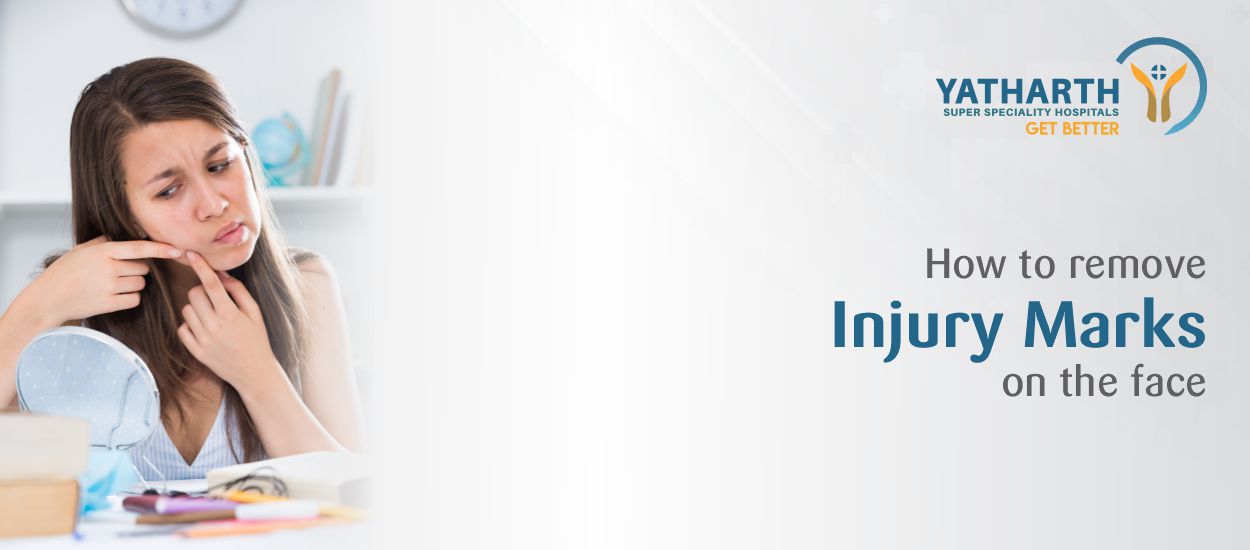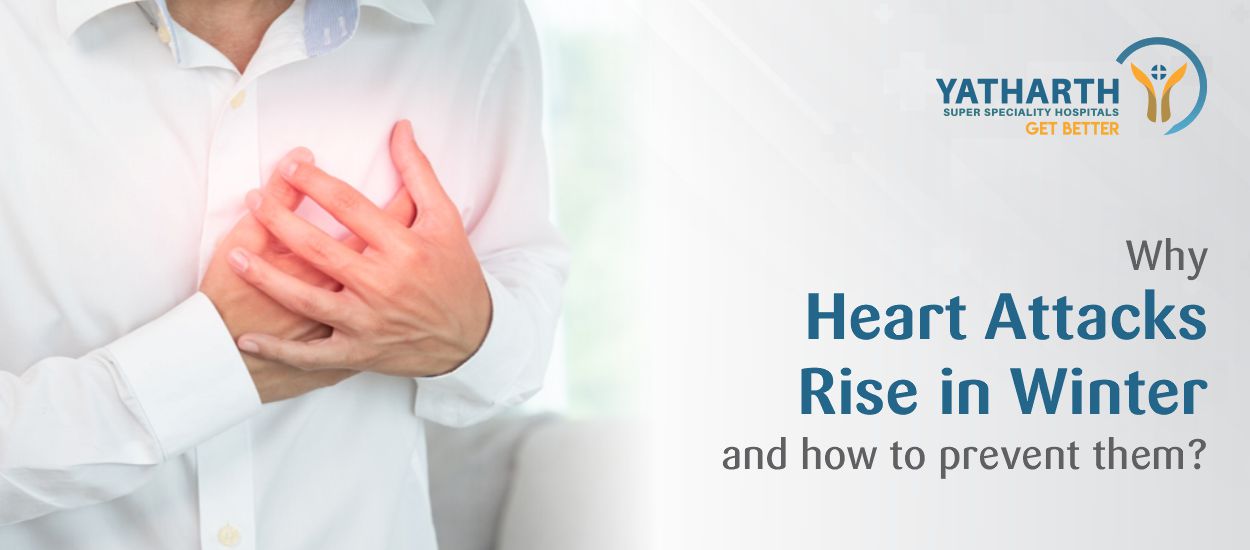The widespread global rise of cardiovascular diseases (CVDs) requires constant monitoring to allow effective treatment and management. CVDs lead to 31% of global deaths while comprising a major cause of universal mortality. Further, these ailments trigger approximately 17 million fatalities worldwide, emphasising the need for efficient preventive, diagnostic and treatment strategies.
An Overview
Projections show CVD case numbers could rise to 23.6 million by 2030, indicating a high future burden and highlighting the need to adopt pre-emptive measures to control this situation. Herein, timely diagnosis is crucial for disease management, facilitating the potential prevention of up to 90% of yearly fatalities. Therefore, real- time continuous monitoring of CVD is critical to combat the growing global mortality rate. Despite their effectiveness, traditional diagnostic techniques using electrocardiography monitoring (ECG), nuclear magnetic resonance imaging and cuff- based blood pressure measurement have intrinsic limitations.
Given their seamless integration with body movements and biological systems, wearable technologies are attracting immense attention. To boost disease detection with more comfort and sophistication, wearable technology is under assessment from various angles, including design, materials and bioelectronics. Wearable tech includes heart sound sensors, pulse wave sensors, ultrasound sensors, electro- biochemical sensors and wearable ECG electrodes. Wearable biomedical devices dominate the health market worldwide due to distinct advantages vis-à-vis conventional biomedical equivalents, especially in allowing continuous patient monitoring without any specialist’s intervention.
Wearables are particularly promising for heart failure as they enhance remote monitoring (RM) of patients by tracking their vital physiological parameters. Globally, heart failure affects about 63 million people, majorly impacting both patients and caregivers. It also strains the healthcare ecosystem, as it necessitates frequent outpatient visits alongside recurring hospitalisations.
In such scenarios, RM is seen as a potential solution to curb this burden. A recent meta-analysis shows RM’s effectiveness via both invasive and non-invasive technologies that could majorly limit mortality and hospitalisation rates among heart failure patients. In recent years, commercially available RM technology has surged. This includes wearable devices such as smartwatches and rings as well as accessories embedded in clothing. Using wearable devices to monitor physiological variables provides a personalised, empowering experience for patients.
However, the effecacy of most wearables has not been fully studied and validated. As doctors deploy wearables increasingly for monitoring, regulatory bodies are taking steps to support their safe and effective application for medical purposes. Accordingly, the US Food and Drug Administration and the European Union’s Medical Device Regulation have formulated guidelines and classifications to regulate wearables that could have medical applications.
The Broad Advantage of Wearable Devices
Modern consumer wearables now provide measurements with a degree of accuracy akin to regulated medical devices. As a result, the fine distinction between wearables made for consumer use and those meant for medical purposes has increasingly blurred. Thanks to this, people use such data to monitor and improve their overall health.
For predicting, diagnosing, preventing and treating CVDs, doctors need an assessment of symptoms, comorbidity, activity and background before they can prescribe targeted investigations and treatment recommendations. The context of symptoms – like frequency, duration and connection with physical activities, eating, sleep stress, etc. – is critical for doctors’ decision-making. Earlier, such information was elicited simply by asking patients to remember what they were doing when the symptoms occurred. However, this information recall remains subjective and may be misleading, more so with patients experiencing memory loss or communication challenges.
On the other hand, wearables allow users to check symptoms and physical parameters in real-time. This has seen successful applications in mental health ailments and Parkinson’s disease. For example, an app study revealed the practicality of large-scale physical activity measured through self-reported questionnaires, plus smartphone and wearable movement data derived from an accelerometer and gyroscope sensors with GPS (global positioning system). Enlisting 48,968 participants, it discovered relationships between patterns of physical activity and self-reported health.
CVDs such as angina and heart failure are categorised as per an individual’s reported physical activity level. In turn, this influences key treatment decisions. Though useful, this approach remains imprecise and subjective. Conversely, data from wearables offers objective measurements over long durations. Accelerometers quantify physical activity by measuring step counts or via more complex GPS-based measurements recording speed and location while tracking terrain over weeks/ months. Quick access to such detailed, objective data of patients permits a more personalised approach to treatment allowing doctors to offer customised exercise regimens while monitoring the treatment response.
Some Use Cases of Wearables in CVDs.
Some specific uses of wearables for patients with CVDs include:
Heart rate: The link between heart rate and CVD risk remains well established, as long-term studies show the relationship between higher resting heart rates and CVDs and adverse clinical outcomes. Smartwatches offer ECG recording functions along with limited rate and rhythm analysis software.
Respiratory function: Wearables can check popular respiratory parameters. Photoplethysmography is used to check oxygen saturation. Multiple fitness devices assess the maximum oxygen consumption during exercise. Respiratory rate can also be measured with smart clothes using an accelerometer, gyroscopic or magnetometer-based detection of chest wall movement, its circumference, etc. After the pandemic, wearable device usage to assess respiratory function has risen sharply.
Hypertension: Also called high blood pressure, hypertension is a major risk factor for CVD and the leading cause of preventable deaths across the globe. Wearable devices are available in the market that provide validated blood pressure readings from the wrist. One popular model, which is also the first clinically validated wristwatch blood pressure reader, has an inflation cuff within its strap to measure blood pressure. Besides being practical for home usage, wearables are least likely to trigger white- coat hypertension, which happens because of clinical setting stress.
Arrhythmia: As wearables are advantageous for arrhythmia detection, some smartwatches use ECG technology and photoplethysmography sensors to detect heart rate and rhythm. Such sensors can pick out atrial fibrillation, the most common arrhythmia, with 91-100% specificity and sensitivity versus ECG.
















